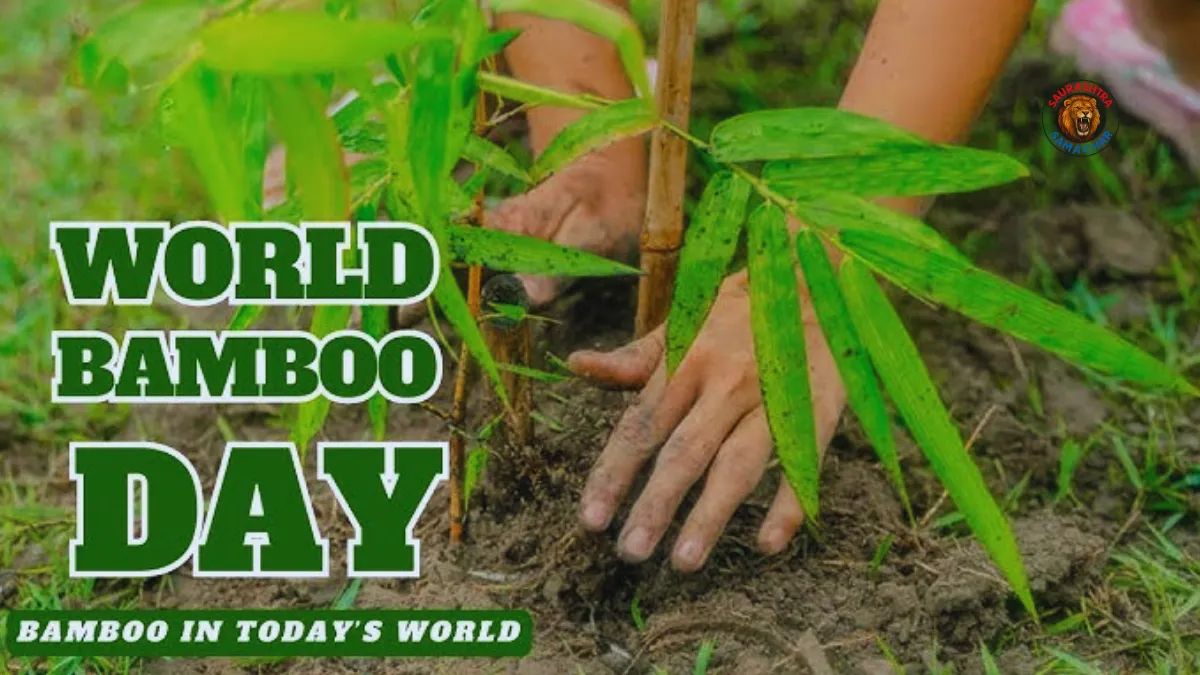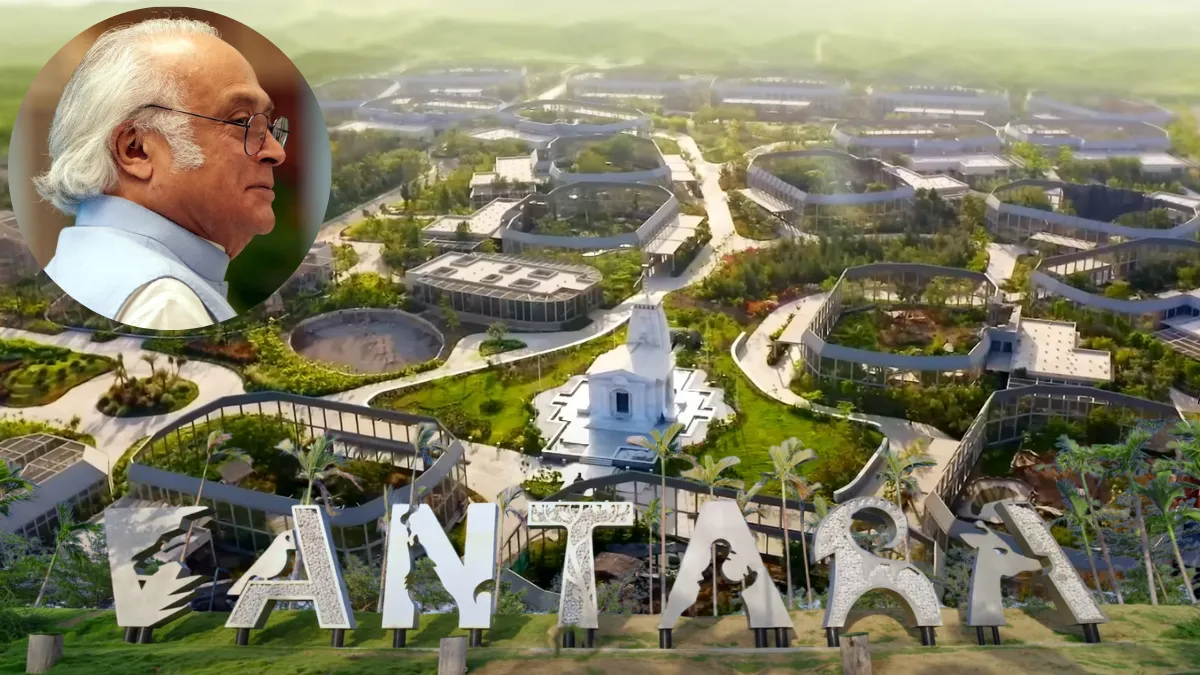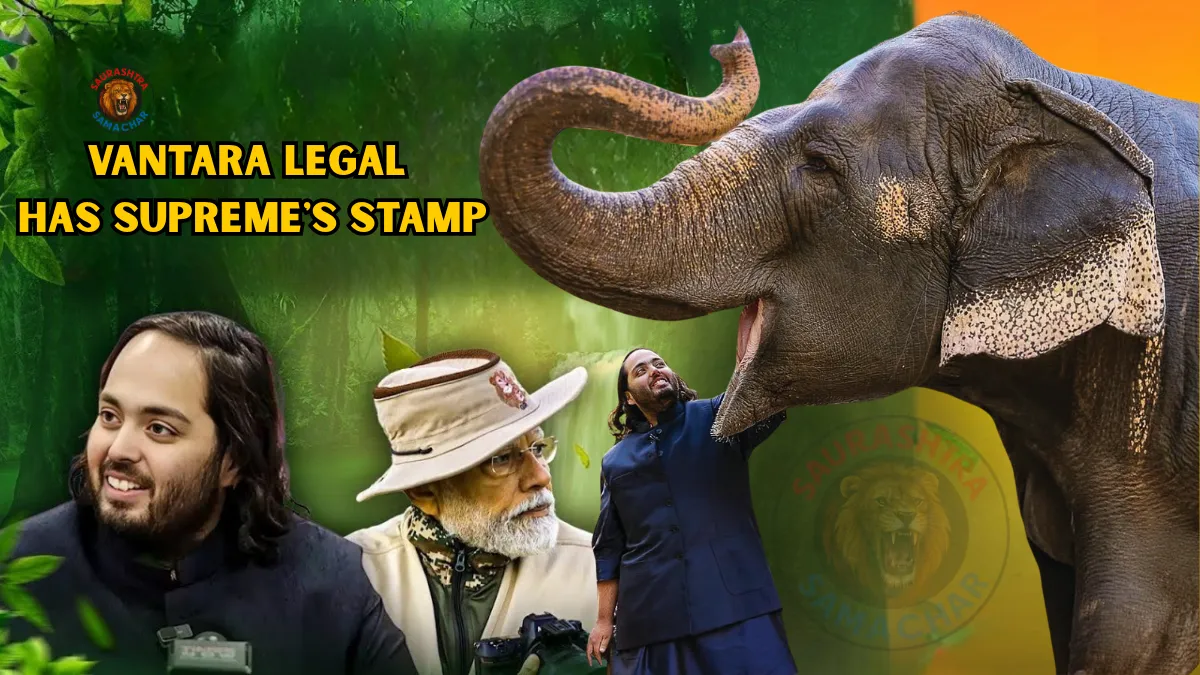Omkar the elephant wreaks havoc in Goa, leaving farmers and villagers anxious as the wild tusker continues to raid fields, destroy crops, and spark concerns of human-elephant conflict in the quiet villages of Pernem taluka. For nearly a week, the 10-year-old elephant has turned into an unexpected visitor, creating both fear and frustration in communities living near Goa’s green paddy belts.
A Rogue Elephant in Goa’s Villages
Separated from his herd in the Tillari forest region of Maharashtra, Omkar wandered into Goa and settled in the farmlands of Tambose, Mopa, and Torse. His arrival coincided with the harvest season, which has left farmers devastated as he fed on paddy, banana plantations, coconut trees, and arecanut crops.
Villagers say Omkar has made Tambose his temporary home, roaming dangerously close to residential areas and the Manohar International Airport at Mopa. With crops destroyed and fear spreading, many locals are urging the government to take urgent steps to resolve the crisis.
Local farmer groups are especially worried that the elephant, already accustomed to raiding fields, may soon enter houses in search of food. “The fields and homes are divided by only a small river. For us, it feels like a fragile boundary that Omkar could cross at any moment,” said village panchayat member Dayanand Gawandi.
Government Struggles to Control Omkar
The Goa Forest Department has set up camps on the village outskirts to monitor the animal and prevent it from straying into residential clusters. Still, officials admit that keeping the elephant under control has been extremely challenging.
Chief Conservator of Forests (Wildlife), Navin Kumar, explained that Omkar was separated from his family, which includes elephants named Ganesh, Bahubali, and three calves. His herd is believed to be wandering in the Dodamarg forests of Maharashtra, about 20 kilometers away.
“Reuniting Omkar with his family is the best solution. For this, we are coordinating with forest officials from Karnataka, who have expertise in elephant management,” Kumar said.
Karnataka’s Role: Action Only After Dussehra
In a recent joint meeting between Goa’s Forest Minister Vishwajit Rane and Karnataka’s Forest Minister Eshwar Khandre, both states discussed a collaborative plan. Rane confirmed that Karnataka has agreed to relocate Omkar to a rehabilitation camp, but only after the Dussehra Mahotsava.
“Karnataka has promised to send its expert elephant-capture team after Dussehra. Until then, Omkar will remain under close watch in Goa,” Rane stated.
Minister Khandre added, “The Karnataka Forest Department specializes in such operations. Once our team reaches Goa, we will ensure Omkar’s safe capture and relocation.”
The plan is not just to move Omkar, but also to capture other elephants roaming in Dodamarg taluka and transfer them to Vantara, a wildlife rehabilitation project.
A Larger Human-Elephant Conflict
Goa’s elephant trouble is not new. Wildlife experts have long warned that shrinking forests in Maharashtra, Goa, and Karnataka are forcing elephants to move into villages. This has led to repeated conflicts between humans and elephants, often resulting in crop loss, economic hardship, and sometimes dangerous encounters.
Minister Rane has suggested a tripartite agreement between Goa, Maharashtra, and Karnataka to build coordinated strategies for managing elephants. “Only through collective action can we safeguard both local communities and wildlife,” he emphasized.
Villagers Living in Fear
For the residents of Tambose, the past few days have been unsettling. The sound of rustling banana leaves or cracking coconut trees in the night makes them anxious. Farmers fear not only for their crops but also for their safety and that of their children.
“Omkar is powerful and unpredictable. We pray every day that nothing worse happens before the forest department takes action,” said one villager.
Though the elephant has mostly restricted himself to fields, villagers believe the risk of escalation is high. With Dussehra still weeks away, the wait for Karnataka’s help feels too long.
Also read: What is the Cost of a Vantara Ticket? Prices, Packages, and Travel Tips
Timeline of Events: Omkar in Goa
| Date/Period | Key Event | Location |
|---|---|---|
| Early September | Omkar strays from Tillari forest herd | Maharashtra-Goa border |
| Mid-September | Elephant enters Pernem taluka | Tambose, Mopa, Torse |
| Sept 18–21 | Crops destroyed for 3–4 consecutive days | Paddy, banana, coconut fields |
| Sept 21 | Villagers demand government action | Pernem |
| Sept 22 | Goa and Karnataka ministers meet | Bengaluru |
| After Dussehra | Karnataka to capture and relocate Omkar | Karnataka rehabilitation camp |
Also read: Vantara Supreme Court Case Closure Sparks Political Reactions
Conclusion
Until Omkar is safely relocated, villagers of Tambose and nearby areas remain on edge. While the Goa Forest Department maintains vigilance, the final solution rests with Karnataka’s expert team after Dussehra.
The story of Omkar the elephant wreaks havoc in Goa highlights the delicate balance between humans and wildlife. It serves as a reminder that conservation, regional cooperation, and timely action are vital in preventing conflicts where both sides ultimately suffer.
For now, all eyes are on Dussehra, as farmers in Goa wait anxiously for relief and hope that Omkar’s journey will soon take him back into safer, wilder grounds.














